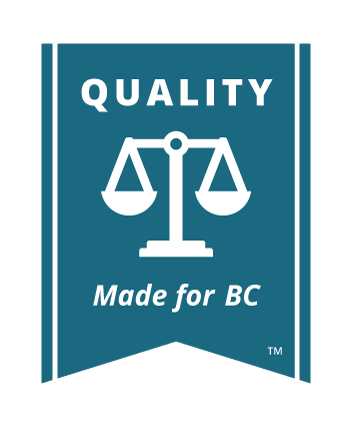Steps in a trial
This is what a typical criminal trial in Canada looks like:
The Crown always presents first.
- Opening: The Crown may present a brief summary of the charges and what they intend to prove.
- Crown Case: The Crown presents their evidence by calling and questioning witnesses and presenting other evidence such as photos, recordings, or objects. After each witness, the Defence has the opportunity to cross examine the witness.
- Defence Case (optional): After the Crown finishes their case, the Defence may, if they choose, present any additional evidence by having the accused or other witnesses testify. The Crown will be able to cross examine all defence witnesses. If the Defence brings up any new evidence, the Crown may have the opportunity to respond.
- Closing Argument: Once both the Crown and the Defence are finished presenting evidence, they will take turns arguing why or why not the burden of proof was met.
- The Verdict: The judge or jury give their decision.
When the Hearing Begins
- Stand when the judge enters: The Court clerk will say “Order in Court” when the judge is about to enter. Stand up. Stay standing until after the judge has sat down.
- The Court clerk will “call the case”. This will mean he or she will say something like, for example: “In the Supreme Court of British Columbia, this 11th day of February 2020, calling the matter of R v. Jones”.
- You and the other side will then introduce yourselves. You should stand, say your name, spell your last name, and say who you are (for example, you might say “[Madam/Mr. Justice XX], My name is John Jones, J-O-N-E-S, and I am the defendant. My pronouns are [insert your preferred pronouns].”
- Sit while the other side is talking, stand while you are talking: Unless you have a medical issue, you must stand when talking to the judge. When the other side is talking, remain sitting.
- Do not interrupt the judge: Always let a judge finish talking. A good tip is to wait at least 2 seconds after a judge has finished speaking to begin talking yourself.
- Witnesses: If you are coming to court with witnesses, inform your witnesses of these general tips.
- Listen carefully and take notes.
When it’s Your Turn to Talk
- Stay calm: Stand up at the podium. Take a second and take a deep breath. Stay calm, even if you are angry.
- Stand: Always stand when you speak to the judge or when the judge speaks to you.
- Speak slowly: You need to speak at a pace that the judge can follow. Watch the judge. If they are taking notes, this is normal depending on the judge. If they are writing something, let them finish before moving on.
- Speak to the judge or jury: Everything you say should be directed at the judge or jury (if there is one). You do not speak directly to the other side.
- Speak loudly: Make sure that the judge can hear you.
- Follow your notes or your outline: Generally, it is a good idea to go through the submissions you have practiced and outlined first.
- Answer the judge’s questions: If a judge asks you a question, try your best to answer it. If you cannot answer it, you may ask if you can come back to it after a break, if there is enough time. Sometimes you get a question that you will need to think about over the lunch break to answer fully. If you say you are going to come back to something, make sure you do.
- Speak formally: Talk in a respectful and formal way. Call people Mr. X or Ms. X, rather than by their first names (For example, say “Mr. Jones has provided no evidence” instead of “John has provided no evidence”) Do not use slang. Do not swear.







 JusticeEducation.ca
JusticeEducation.ca JusticeEd
JusticeEd /JusticeEducation
/JusticeEducation